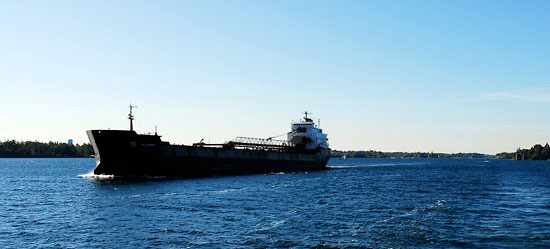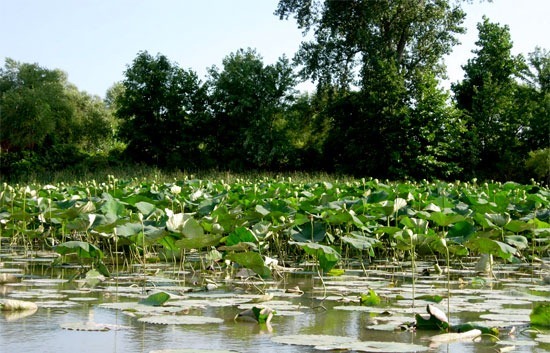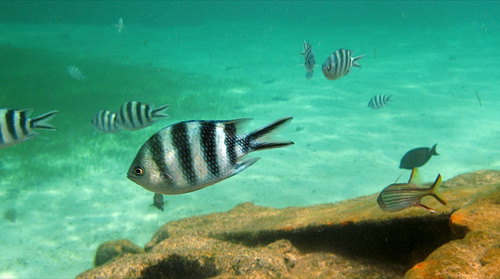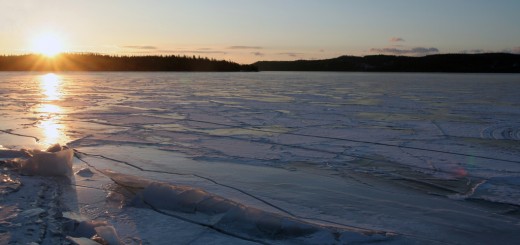New York ballast regulation a victory over Great Lakes invasive species
1
Freighter on the St. Lawrence River
Great Lakes activists won a sizable victory in the war against invasive species last week. In short, New York courts upheld a new rule that requires all ocean-going ships passing through the state’s waters meet tough ballast water standards, meaning less introduction of foreign species.
The new state regulation mandates that starting Jan. 1, 2012 these ships must have ballast cleansing systems that meet some of the strictest standards in the world, according to Andy Buchsbaum, regional executive director of the National Wildlife Federation’s Great Lakes office. Treatment systems must discharge water almost completely free of invasive species.
“This is the best news in decades on invasive species in the Great Lakes,” Buchsbaum wrote in his personal blog.
Shipping interests had fought the new standard in court and called it unconstitutional, likely because it’s stricter than the Environmental Protection Agency’s nationwide Clean Water Act ballast discharge permit. The Natural Resources Defense Council then filed a brief in support of the new regulation. The case was eventually appealed all the way to the New York Court of Appeals, the state’s highest court, which just last week refused to overturn the ballast standards. That decision means the rule stays and the appeals are finished, according to Buchsbaum.
Ballast water from ocean-going ships has carried more than 180 invasive species into the Great Lakes, according to NRDC attorney Thomas Cmar. Cmar, who was lead counsel for NRDC in this case, added that new invasive species have arrived at the rate of one every six months.
The genius of the New York regulation, Buchsbaum wrote, is that it will protect all of the Great Lakes even though it’s only a state law. New York took a leap ahead of federal efforts to create similar enforcement. It did so by adding the clause that this rule applies even to ships just passing through New York waters. Since the Erie Canal and Chicago canals are too small for most ocean-going ships, these vessels must enter the Great Lakes through the St. Lawrence River and a series of locks in New York. Thus, they’re all affected by this new standard.
National efforts from the Coast Guard, EPA, and Congress to create such ballast regulations have thus far been lackluster, Carr said, meaning the work isn’t over yet:
NRDC, NWF, and our many other partners are still fighting to ensure that a strong federal program is implemented that will finally deal with the threat of invasive species discharged through ballast water. Many have tried for many years to get adequate ballast water regulations in place to protect our Great Lakes and coastal waters from invasive species. And as long as states like New York continue to lead the way by establishing their own protective standards, I am optimistic that we will finally get there soon.
What do you think of the new ballast water standards? Should the federal government get on board with similar regulations, or are they overkill?
New York shuts the door on ballast water discharges of invasive species into the Great Lakes [Great Lakes on the Ground] New York Ballast Water Victory Brings Added Hope For Strong Federal Action [Thom Cmar’s Blog] A Victory Over Invasive Species! But We Still Have Bigger Fish To Fry [Thom Cmar’s Blog] New York State Supreme Court upholds strict new state regulations to control ballast water discharges and prevent invasive species in the Great Lakes [Great Lakes Law]
Image Credit: http://www.flickr.com/photos/sailorbill/1510395453/














appreciate the good move brought by NY, wish and hope it will not remain a mere regulation in the long run.